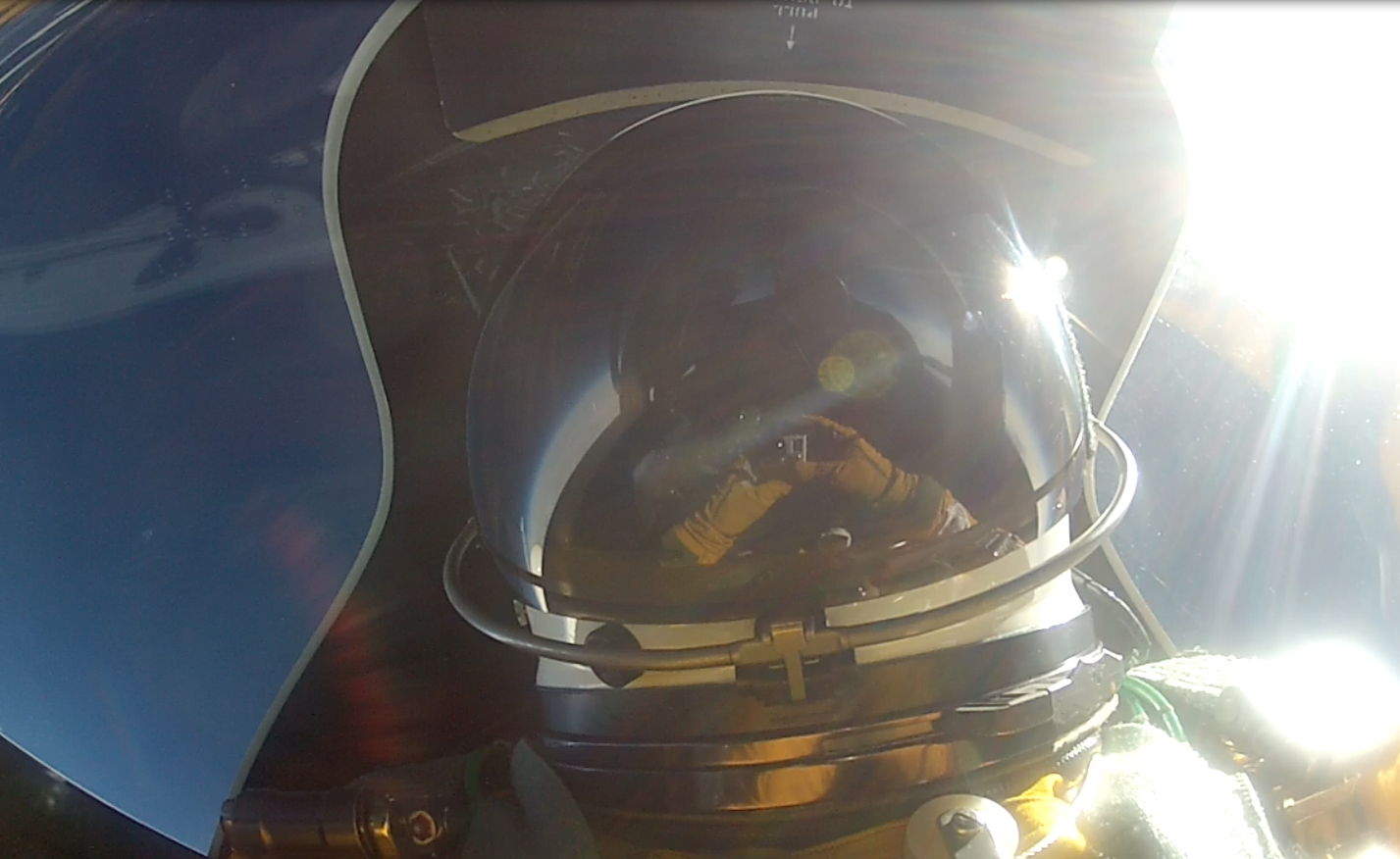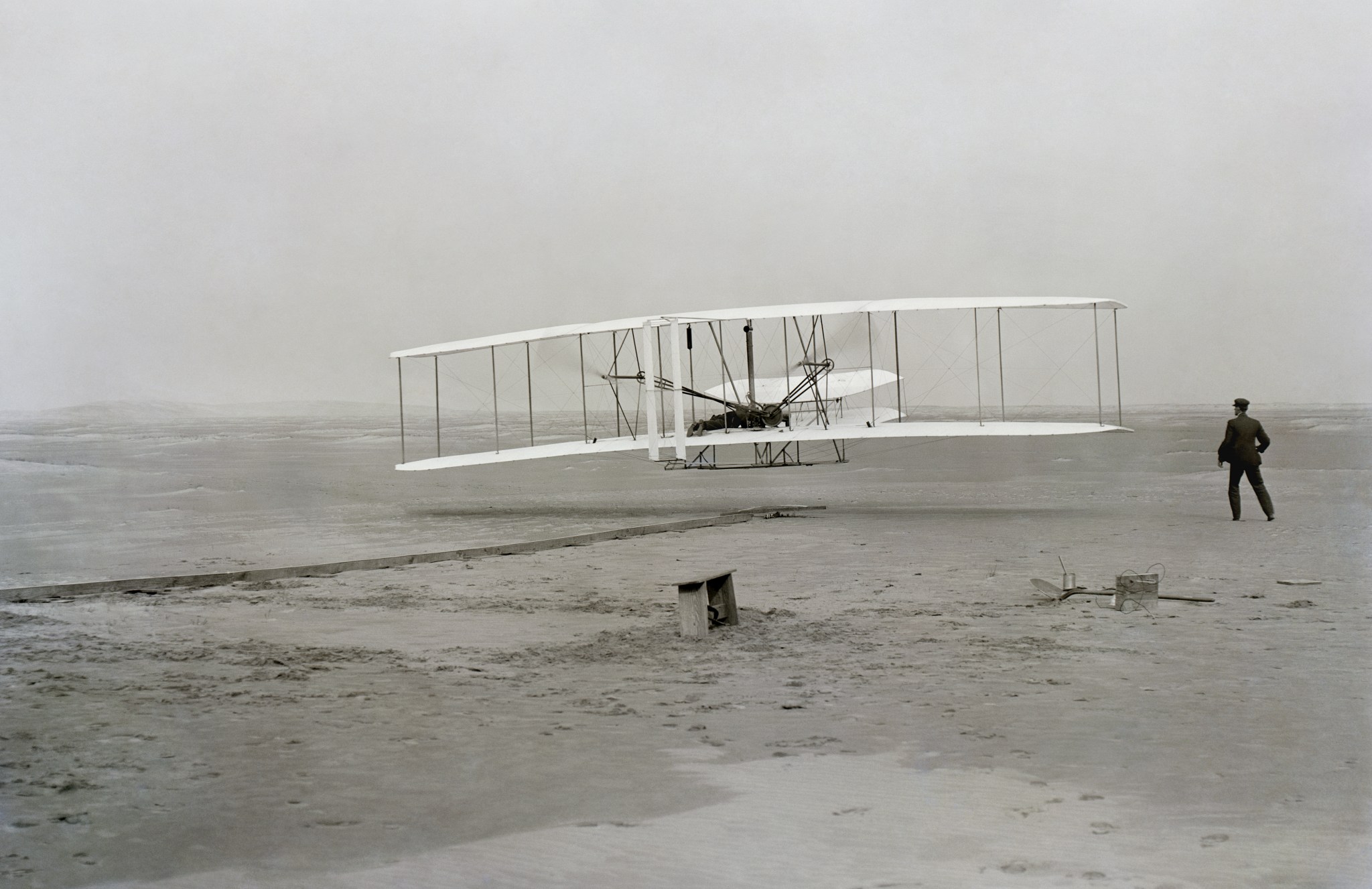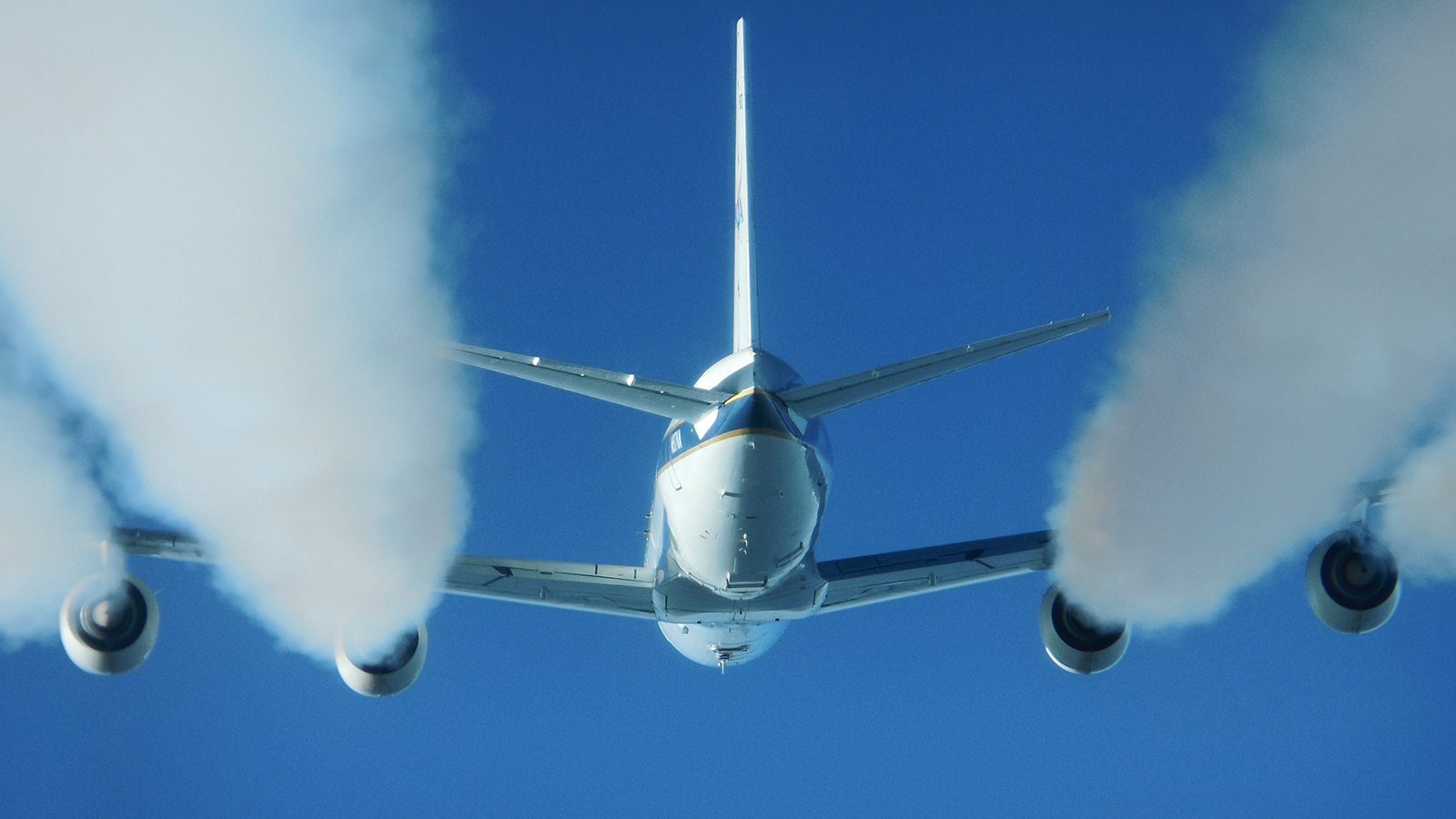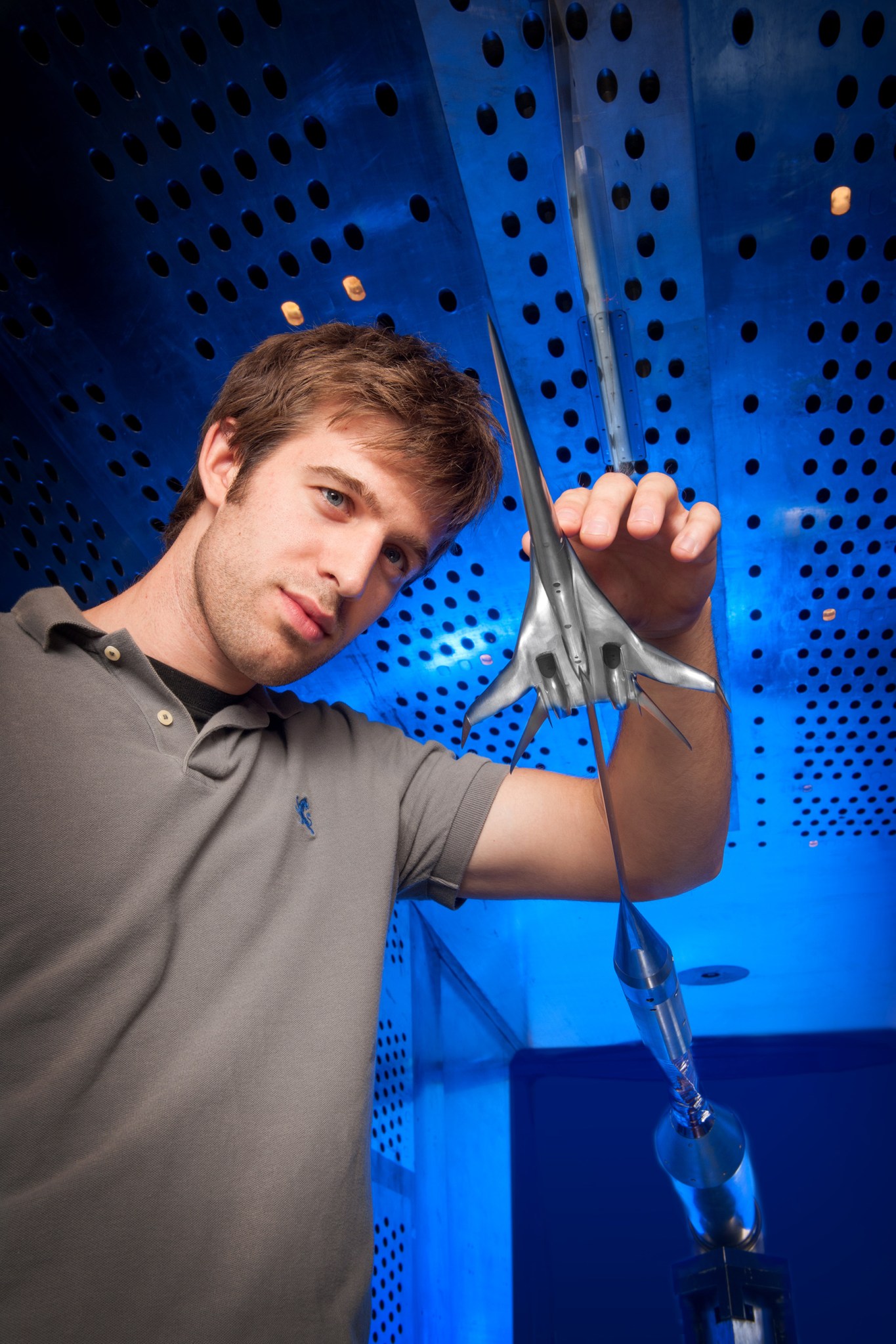Orville Wright wasn’t sure exactly how long his first flight lasted.
He and his brother, Wilbur, think it was about 12 seconds, but according to what Orville wrote in his diary of that December day in 1903 at Kill Devil Hills, N.C., the time is “not known exactly as watch was not promptly stopped.”
It’s perhaps a minor detail given the historic significance of what had just transpired on those wind-swept, sandy dunes along the Outer Banks – namely the first ever controlled flight of a heavier-than-air machine rising by its own power.
But there is much we do know about the first flight of an airplane. With Orville at the controls, the Wright Flyer took off at 10:35 a.m. EST and flew a distance of 120 feet, about 10 feet off the ground, at a top speed of about 6.8 mph.
Three more flights followed that day, with Wilbur and Orville taking turns at the controls, the last flight by Wilbur lasting 59 seconds and covering a distance of 852 feet. The fourth flight ended hard, damaging the airplane enough to halt any more attempts.
But it was Orville who made the first flight. In honor of that fact, President Franklin Roosevelt declared in 1939 that August 19, Orville’s birthday, would be National Aviation Day – an annual occasion to celebrate the importance of aviation.
View our National Aviation Day Flickr album.
In observance of this year’s National Aviation Day, NASA asked some of its own leaders to share memories of their first flight experiences.
Jaiwon Shin is the associate administrator for aeronautics. His first flight was in 1982 aboard a Boeing 747, traveling from Seoul, Korea, to Los Angeles. He was flying to the United States to continue his education.
“Having never flown before you can imagine both the excitement and apprehension I felt when I got on board this huge airplane for the first time in my life. I didn’t know how to get around in that airplane. Everything was new. I remember I tested everything very carefully and gingerly because I did not want to look stupid!” Shin said.
Steve Jurczyk is the director of NASA’s Langley Research Center in Hampton Roads, Va. His first flight was in 1972, flying from New York to Jacksonville, Fla., for a family vacation.
“I have no idea what kind of airplane it was. I remember being pretty scared during takeoff and landing but enjoyed the rest of the flight. The flight was relatively smooth and uneventful and I was very excited to be going on a vacation far from home to a place I had never been,” Jurczyk said.
S. Pete Worden is director of NASA’s Ames Research Center on Moffett Field, Calif. He has no memory of his first flight but was told by his parents that it took place in 1950 when he was six months old. His father was a flight instructor and took him up in the open-air cockpit of a Stearman biplane.
“I grew up with airplanes and got my pilot’s license at age 16, soon after I got my driver’s license, and flew a Piper Tri-Pacer. Most people tell me they were really scared when they soloed. I was just happy to have my dad out of the plane and not yelling at me. He learned to fly in World War II and his training method was to yell as if I was an aviation cadet. He’d scream ‘&@$!!&! You’re going to kill us both!’ I was so happy to have him out of the airplane and out of my ear that soloing was a real joy,” Worden said.
It’s your turn. Use #myfirstflight and share your story. What do you remember about your first flight?
What kind of airplane was it? Where did you fly to and from where?
Robert Cabana is a veteran astronaut who flew four space shuttle missions and is now director of the Kennedy Space Center in Florida. His first flight was in 1967 aboard a Northwest Airlines airplane (likely a Boeing 727) from Minneapolis to Baltimore on his way to attend the U.S. Naval Academy with dreams of becoming a naval aviator.
“I don’t remember much about the flight. I was more focused on leaving home and family, and what plebe year was going to be like. That was the beginning of a long career working for the federal government as a midshipman, a Marine, and a civil servant – and it’s not over yet,” Cabana said.
David McBride is the director of NASA’s Armstrong Flight Research Center at Edwards Air Force Base, Calif. His first flight was in 1970 on a Boeing 727 flying TWA. But his first memory of being on an airplane was in 1964 or 1965 when he and his father escorted his grandmother to the airport in Albuquerque, N.M. for her flight to San Francisco.
“The flight was on a TWA Constellation. We were able to escort her all the way to her seat to see her off. Flight then was a very special event – all the men wore suits and ties, all the women wore nice dresses. By the time of my first actual flight, the era was a bit more relaxed, but still special. I had a window seat and was mesmerized by the view for the entire flight, and could think of nothing other than the view and the vehicle,” McBride said.
Jim Free is the director of the Glenn Research Center in Cleveland. His first flight was in 1982 aboard a McDonnell Douglas DC-9 flying on New York Air from Cleveland to Buffalo, N.Y.
“I was ready to jump out of my skin I was so excited. The jetway felt like it was a mile long and the sensation of takeoff was incredible. I could feel every bump and my ears popping like crazy. The flight was at night and the view out the window of all the lights was mesmerizing,” Free said.





































